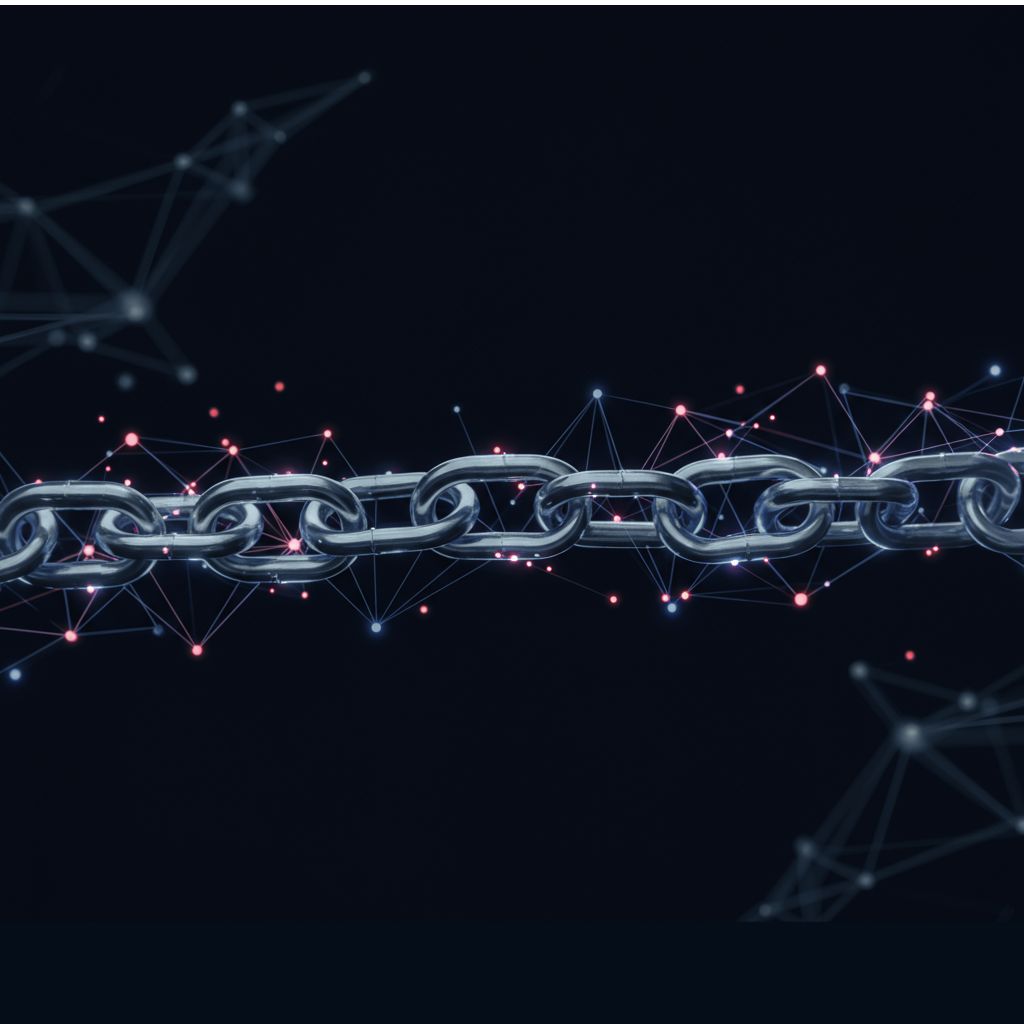
In today’s digital age, securing high-quality backlinks is more challenging and crucial than ever. With search engines like Google setting increasingly strict quality guidelines and competitors scaling their efforts, traditional manual link building often becomes a bottleneck. From prospect research to personalized outreach, the entire process can be time-consuming and prone to human error. Thankfully, artificial intelligence (AI) and machine learning (ML) offer a powerful solution—enabling marketers to automate routine tasks, discover hidden opportunities, and optimize strategies based on real-time data. In this comprehensive guide, we’ll explore how to implement AI-driven techniques across every phase of link building, allowing you to maximize efficiency, relevance, and long-term SEO gains.
Understanding AI & Machine Learning in SEO

Artificial intelligence refers to computer systems capable of performing tasks that typically require human intelligence, such as pattern recognition and decision-making. Machine learning, a subset of AI, uses algorithms that improve their performance over time by learning from data. In SEO and link building, ML models can analyze massive datasets—like backlink profiles, traffic trends, and content relevance—to uncover patterns and predict which outreach prospects are most likely to yield high-value links.
Key ML concepts relevant to link building include:
- Supervised Learning: Models trained on labeled data (e.g., known high-quality backlinks vs. low-quality ones) to classify new prospects accurately.
- Unsupervised Learning: Techniques like clustering to group websites by topical similarity and authority metrics without pre-labeled examples.
- Natural Language Processing (NLP): Analyzing content semantics to ensure contextual relevance when identifying link placement opportunities.
- Predictive Modeling: Forecasting the potential impact of backlinks on rankings and traffic, enabling smarter resource allocation.
Key Benefits of AI-Driven Link Building
Integrating AI into your link building not only accelerates workflows but also enhances strategic precision. Here are the primary benefits:
- Scalability: Unlike manual processes, ML algorithms can evaluate thousands of domains and pages in minutes. This level of scale uncovers more opportunities and ensures you never miss emerging prospects.
- Precision Targeting: AI can analyze multiple factors—domain authority, content relevance, backlink velocity—to identify only the most relevant and high-authority prospects, reducing wasted outreach efforts.
- Personalization at Scale: AI-enabled outreach tools can generate customized email templates, varying the tone, subject line, and content based on prospect data, leading to higher open and response rates.
- Data-Driven Insights: Real-time analytics and predictive forecasts inform your decisions. You can A/B test different link-building approaches, track performance, and reallocate budget to the most effective tactics.
- Continuous Optimization: ML models learn from each campaign’s results, becoming more accurate in prospect selection and outreach personalization over time.
Essential AI Tools and Platforms
Several platforms now incorporate AI and ML to simplify link building:
- Ahrefs and SEMrush AI Features: Both platforms utilize machine learning to recommend link targets, identify content gaps, and predict keyword performance.
- Kumo and Link-able: Specialized prospecting tools leveraging clustering algorithms to segment and prioritize link opportunities based on relevance and authority.
- Pitchbox and Mailshake: Outreach automation platforms with AI-driven subject line optimization, dynamic personalization tokens, and response tracking.
- AI-Powered Content Generators: GPT-4-based services (OpenAI, Jasper) for creating linkable assets like infographics, long-form guides, and email sequences.
- Monitoring and Auditing Tools: Platforms like LinkResearchTools use ML to detect toxic backlinks, monitor link health, and provide actionable remediation steps.
Step-by-Step AI-Powered Link Building Strategy
1. Define Clear Goals and KPIs
Before deploying any tool, establish what success looks like. Common objectives include increasing domain authority, boosting referral traffic, or ranking for competitive keywords. Set specific, measurable KPIs such as:
- Number of high-quality backlinks acquired monthly
- Percentage increase in referral traffic
- Improvements in target keyword rankings
- Engagement metrics for outreach emails (open rates, response rates)
2. AI-Driven Prospect Research
Use ML-based prospecting tools to crawl the web, extract potential targets, and score them based on your criteria. A typical workflow might involve:
- Importing seed keywords and competitor domains into the AI tool.
- Clustering similar sites by topical relevance using unsupervised learning.
- Filtering prospects by authority metrics (Domain Rating, Domain Authority) and link relevance scores.
- Exporting a prioritized list of link targets for outreach.
3. Content Ideation and Creation
High-value, linkable assets remain at the heart of any successful campaign. AI can accelerate content creation:
- Generate topic ideas and outlines based on trending queries and competitor analysis.
- Draft sections of long-form guides, case studies, or listicles using natural language generation.
- Create data visualizations and infographics driven by AI-powered design tools.
- Run content through NLP tools to ensure keyword optimization and semantic relevance.
4. Automated and Personalized Outreach
Outreach is where personalization meets scale. AI tools can:
- Create dynamic email templates with variables for prospect name, publication details, and personalized comments.
- Optimize subject lines using predictive models that estimate open rates.
- Schedule follow-ups based on recipient engagement signals.
- Track responses and feed data back into ML models for continuous improvement.
5. Monitoring, Analytics, and Optimization
After launching campaigns, maintain a data-centric approach:
- Use ML-driven analytics dashboards to track link acquisition, engagement metrics, and impact on organic rankings.
- Implement predictive link forecasting to anticipate future performance and identify at-risk campaigns.
- Periodically audit backlinks with AI-powered tools to remove toxic links and maintain a healthy profile.
- Iterate on outreach strategies by analyzing which templates, timings, and content types yield the best results.
Advanced Techniques and Emerging Tactics
- Predictive Link Forecasting: Train custom ML models on your historical backlink data to predict which new prospects are most likely to convert and deliver high SEO value.
- Conversational AI Chatbots: Deploy chatbots on cornerstone content pages to engage users, gather insights, and encourage guest post inquiries or resource sharing, generating organic linking opportunities.
- Contextual Relevance Analysis: Use deep-learning NLP models to assess the semantic match between your content and prospective link pages, ensuring natural integration.
- Voice Search Optimization: Optimize anchor text and content snippets for voice queries, as voice assistants become a primary discovery channel.
Case Study: From 20 to 200+ Backlinks in Six Months
Company X, a mid-sized SaaS provider, struggled with a stagnant backlink profile and flat organic growth. By integrating an AI-driven workflow, they achieved the following within six months:
- Secured 200+ backlinks from domains with DR > 50 using predictive prospecting.
- Increased referral traffic by 45% through personalized, AI-optimized outreach.
- Boosted target keyword rankings by an average of 12 positions via high-authority content placements.
Key success factors included:
- Leveraging ML clustering to identify niche-specific blogs and resource pages.
- Automating content drafts and infographics with GPT-4, reducing turnaround time by 60%.
- Utilizing AI-driven email subject line testing, improving open rates from 18% to 34%.
Ethical Considerations and Best Practices
While AI streamlines link building, ethical guidelines remain paramount:
- Comply with GDPR, CAN-SPAM, and other outreach regulations.
- Avoid spamming or mass email blasts without genuine personalization.
- Ensure transparency: disclose AI usage when appropriate and respect site owners’ link policies.
- Regularly audit your AI tools to detect and correct biases in prospect selection.
Future Trends in AI-Driven Link Building

As AI continues to advance, we can expect even more sophisticated applications in link building:
- Real-Time Content Personalization: Dynamic web pages that adapt based on visitor behavior, increasing linkability.
- Augmented Reality (AR) Outreach: Interactive AR previews of content to entice publishers and enhance collaboration.
- Deeper Algorithmic Transparency: AI models that explain their prospect scoring and selection process, improving trust and fine-tuning.
- Blockchain for Link Verification: Immutable records of link transactions to prevent fraud and ensure authenticity.
Conclusion
AI-powered link building represents a paradigm shift from manual, labor-intensive tactics to data-driven, scalable strategies. By embracing machine learning for prospecting, content creation, personalized outreach, and ongoing optimization, you can elevate your SEO performance and drive sustainable growth. Start small by integrating one AI tool at a time, measuring the outcomes, and iterating. The future of link building belongs to those who leverage artificial intelligence intelligently and ethically.
FAQs
Q1: Will AI replace human link builders?
A1: AI profoundly enhances efficiency and precision, but human expertise remains vital for strategy, relationship building, and creative decision-making.
Q2: How do I maintain outreach authenticity with AI?
A2: Always review and adjust AI-generated messages to align with your brand voice and verify personalization for each prospect.
Q3: Are AI-generated backlinks safe under Google guidelines?
A3: Yes, when you use AI responsibly to find relevant, authoritative sites and adhere to Google’s webmaster guidelines.
Q4: What metrics should I monitor most closely?
A4: Focus on domain rating, referral traffic, link acquisition velocity, outreach engagement rates, and target keyword ranking improvements.
Q5: How can small businesses start with limited budgets?
A5: Utilize cost-effective AI tools like Moz Link Explorer, free-tier OpenAI access, and scalable outreach platforms that offer AI features in their basic plans.
In contrast to automated outreach tactics, Human-Centric Link Building emphasizes authentic relationships, personalized communication, and long-term value.









Leave a Reply